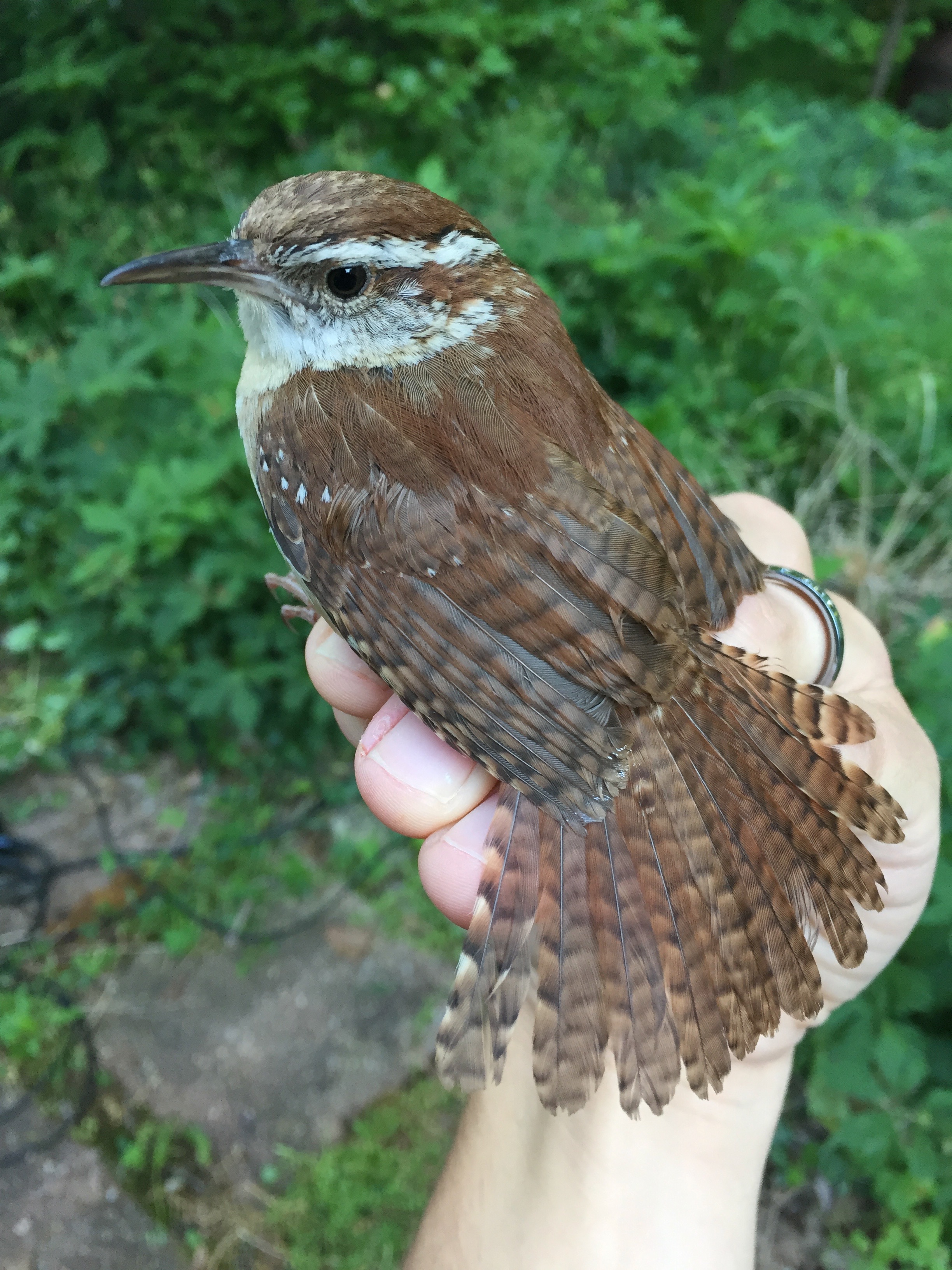 Dustin G. Reichard
Dustin G. Reichard
Assistant Professor of Biological Sciences
Education
- B.A., St. Mary's College of Maryland
- Ph.D., Indiana University
- National Science Foundation Postdoctoral Fellow, University of California, Davis
About
Dustin Reichard teaches a variety of classes in Organismal Biology, Evolution, and Animal Behavior. His research focuses broadly on the evolution of animal communication and sexual selection with a particular emphasis on birds.
Specifically, he investigates the relationship between signal structure and function in a variety of poorly understood signals including whispered vocalizations that function in aggression and courtship as well as female songs, which were once thought to be exceedingly rare.
His focus on communication extends to measuring how human-induced changes in the environment, such as anthropogenic noise, are affecting animal signaling and stress physiology. He is also interested in how various types of social interactions, which typically include vocalizations, affect circulating hormone levels and ultimately, an individual's fitness. These studies are done in the field with free-living songbirds, predominantly Dark-eyed Juncos, House Wrens, and Carolina Wrens.
Areas of Interest/Expertise
- Evolutionary Biology
- Ornithology
- Animal Behavior
- Behavioral Endocrinology
Selected Publications
- Reichard, D.G., Kimmitt, A.A., Welklin, J.F., and Ketterson, E.D. 2017. Condition- and context-dependent factors are related to courtship behavior of paired and unpaired males in a socially monogamous songbird. The Auk: Ornithological Advances 134: 575-586.
- Cardoso, G.C. and Reichard, D.G. 2016. Dark-eyed junco song: linking ontogeny and function with a potential role in reproductive isolation. In: Snowbird: integrative biology and evolutionary diversity in the Junco. Ketterson, E.D. and Atwell, J.W., eds. University of Chicago Press, Chicago.
Reichard, D.G. and Anderson, R.C. 2015. Why signal softly? The structure, function and evolutionary significance of low-amplitude signals. Animal Behaviour 105: 253-265.
- Reichard, D.G. and Welklin, J.F. 2015. On the existence and potential functions of low-amplitude vocalizations in North American birds. The Auk: Ornithological Advances 132: 156-166.
- Whittaker, D.J., Reichard, D.G., Drouilly, M., Battle, K.*, and Ziegenfus, C. 2015. Avian olfactory displays: a hypothesis for the function of bill-wiping in a social context. Behavioral Ecology and Sociobiology 69(1): 159-167.
- Reichard, D.G. 2014. Male dark-eyed juncos (Junco hyemalis) respond differentially to playback of local and foreign song. The Wilson Journal of Ornithology 126(3): 605-611.
- Rosvall, K.A., Peterson, M.P., Reichard, D.G., and Ketterson, E.D. 2014. Highly context-specific activation of the HPG axis in the dark-eyed junco and implications for the Challenge Hypothesis. General and Comparative Endocrinology 201: 65-73.
- Reichard, D.G., Rice, R.J., Schultz, E.M., and Schrock, S.E. 2013. Low-amplitude songs produced by male dark-eyed juncos (Junco hyemalis) differ when sung during intra- and inter-sexual interactions. Behaviour 150(9-10): 1183–1202.
- Rosvall, K.A.1, Reichard, D.G.1, Ferguson, S.M., Whittaker, D.J., and Ketterson, E.D. 2012. Robust behavioral effects of song playback in the absence of testosterone or corticosterone release. Hormones and Behavior 62(4): 418–425.
1Equal author contribution
- Reichard, D.G., Rice, R.J., Vanderbilt, C.C., and Ketterson, E.D. 2011. Deciphering information encoded in birdsong: male songbirds with fertile mates respond most strongly to complex, low-amplitude songs used in courtship. The American Naturalist 178(4): 478–487.


 Dustin G. Reichard
Dustin G. Reichard